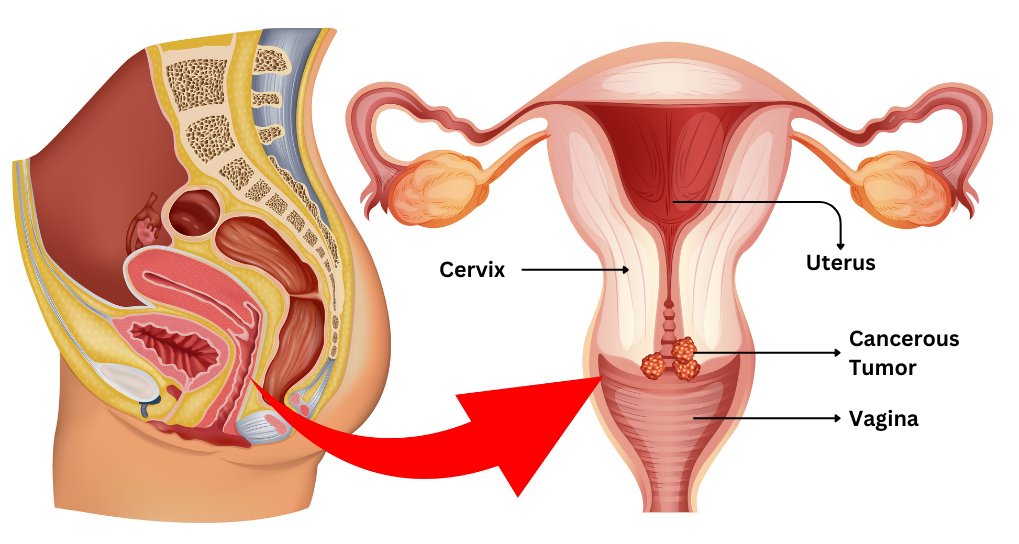
Let’s understand what we should know about cervical cancer
Cervical cancer is a type of cancer that starts in the cervix, which is the lower part of a woman’s uterus that connects to the vagina.
Before cancer develops, the cells at the junction where the outer layer of the cervix meets the inner layer can undergo changes known as dysplasia. Dysplasia is an early sign of cancer, and if it is not detected and treated promptly, these abnormal cells can continue to grow and multiply, eventually forming cancerous tumors.
The primary cause of these changes is a persistent infection with certain types of human papillomavirus (HPV), which is spread through sexual contact. While many people clear the HPV infection naturally, those who do not may develop dysplasia that can progress to cancer if left untreated.
Therefore, it is important to detect dysplasia early. To help with this, we have outlined several aspects that can help you recognize the signs of dysplasia. Being aware of these aspects and seeking early detection through regular screenings can greatly improve the chances of successful treatment for cervical cancer
Early detection of cervical cancer

